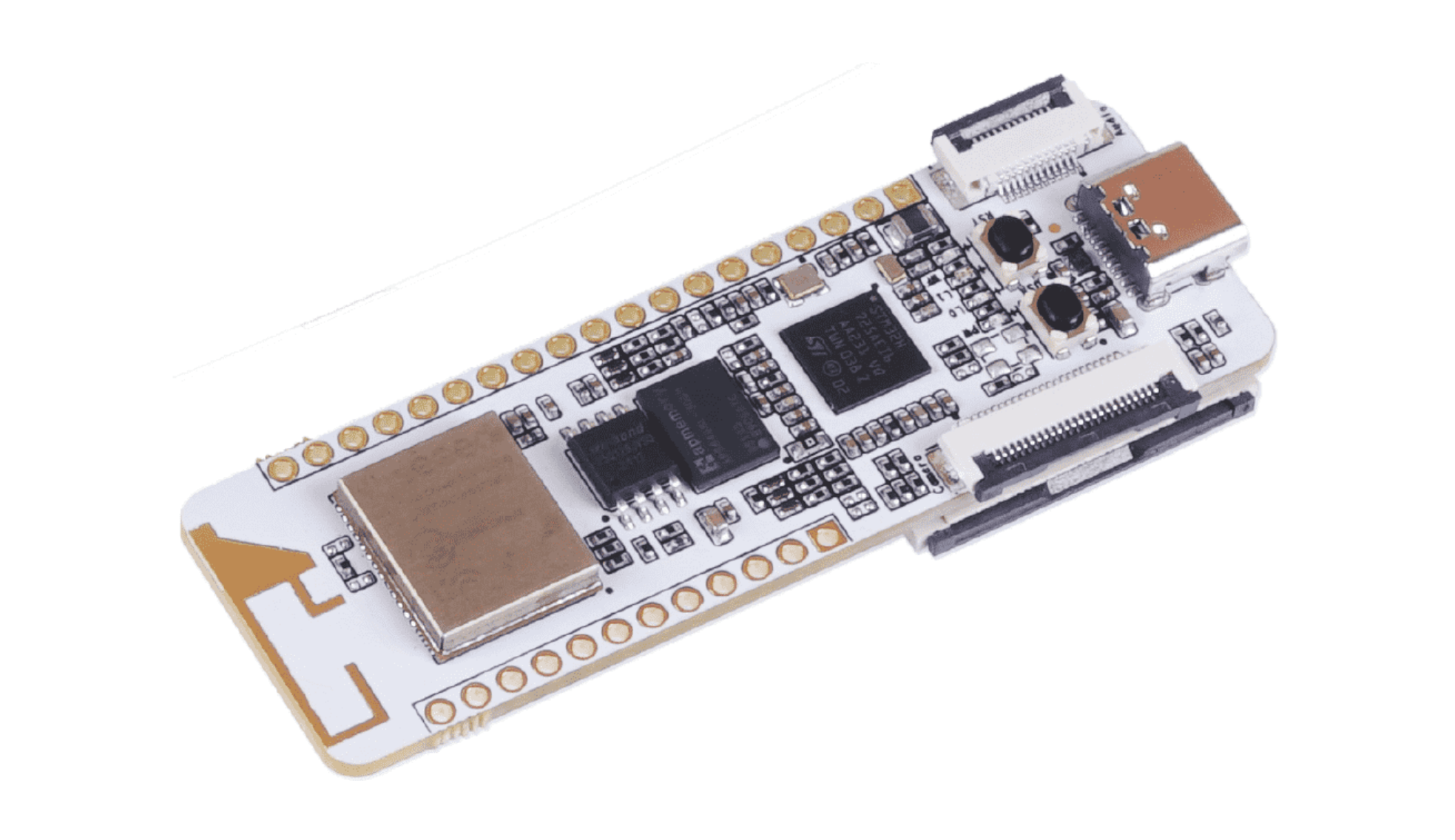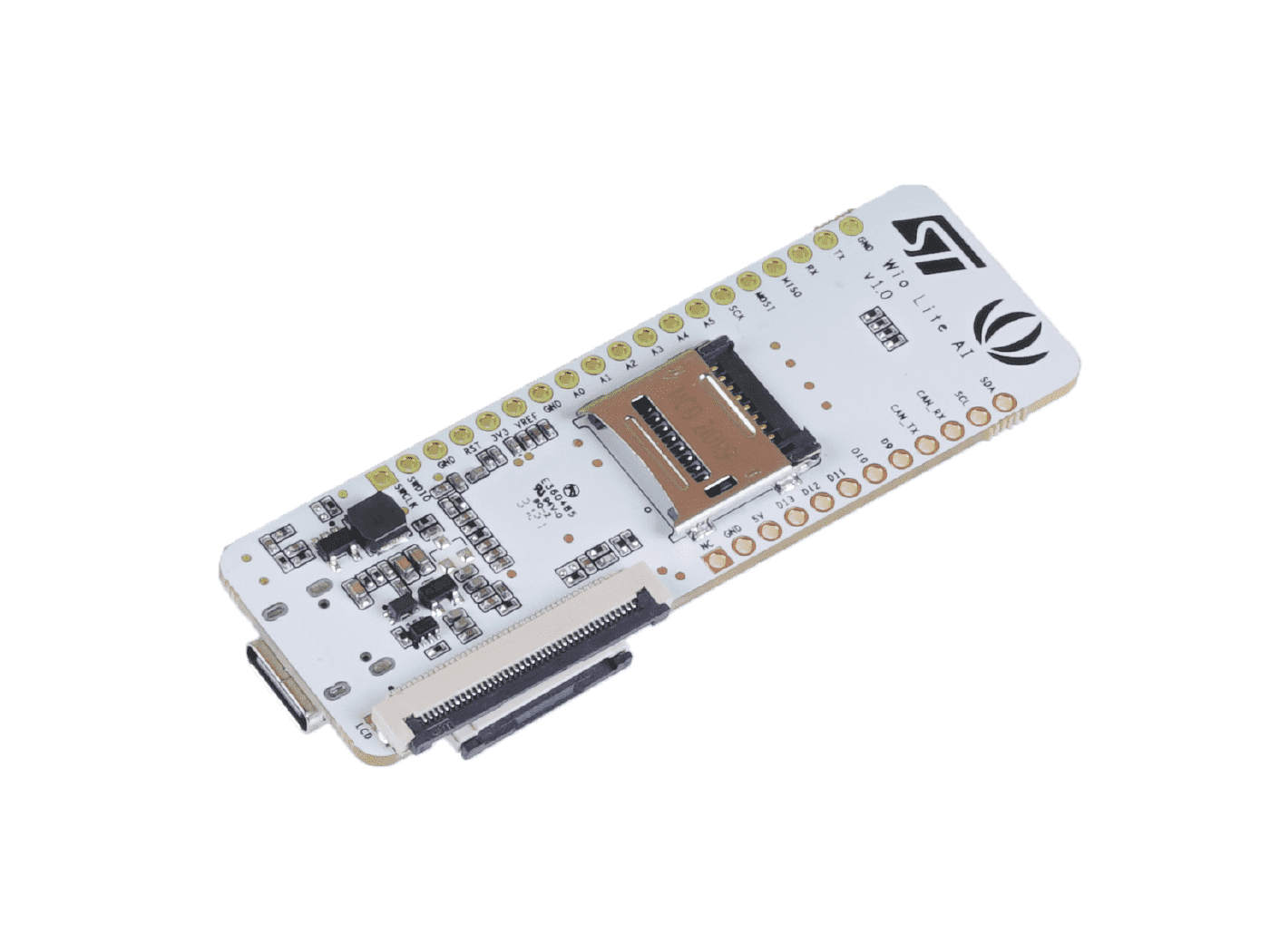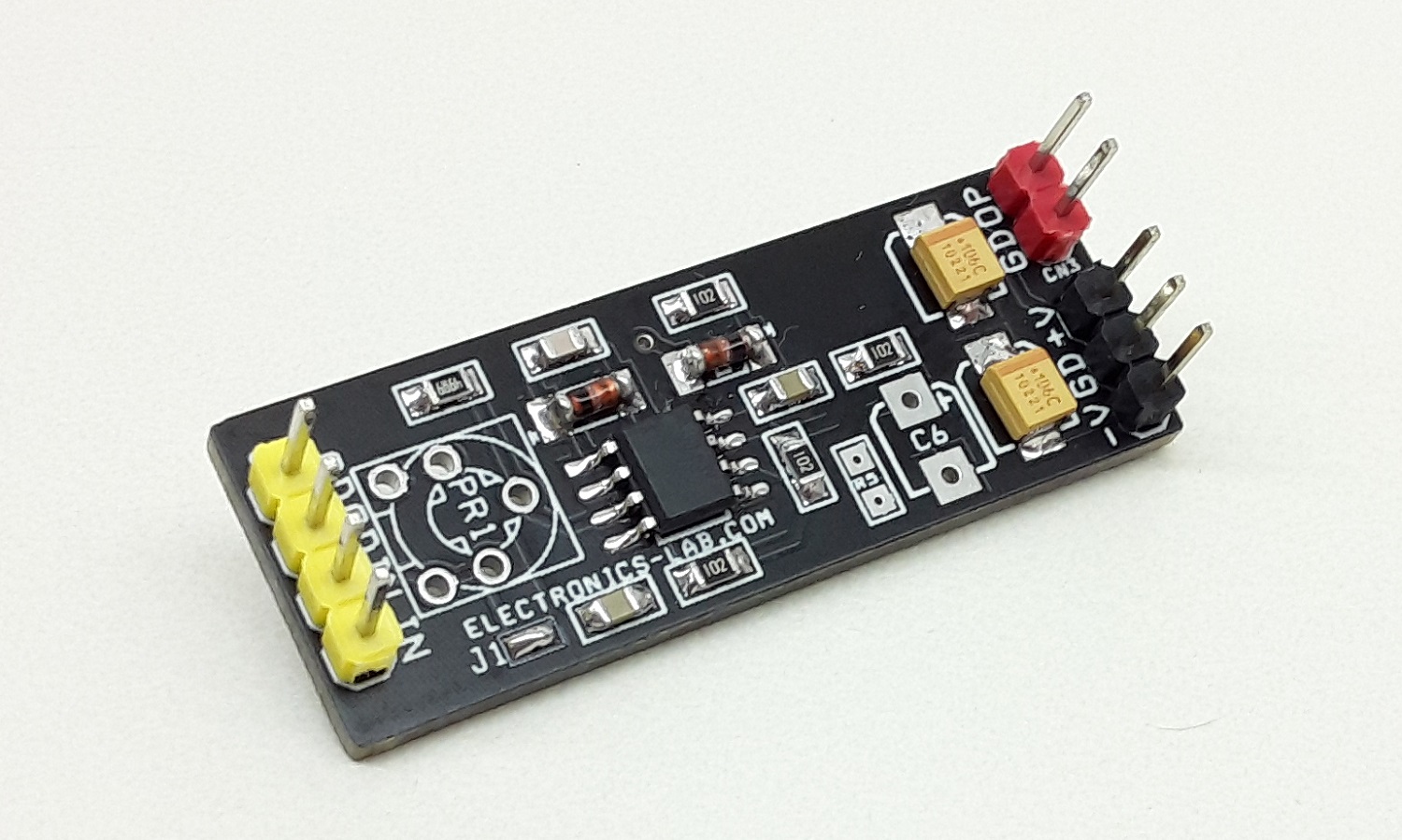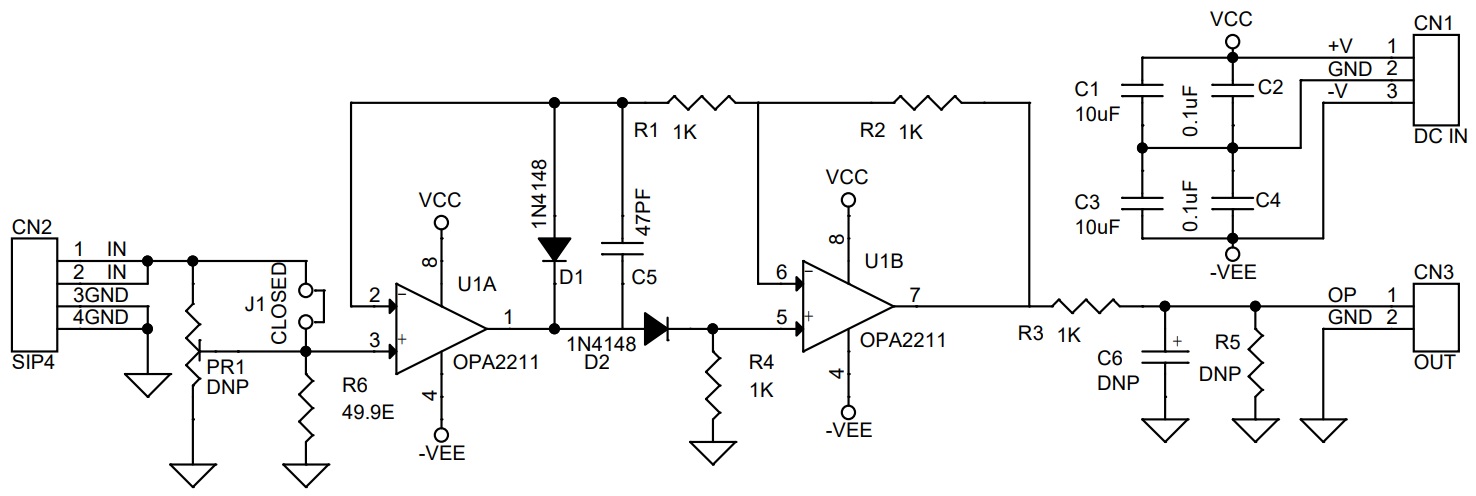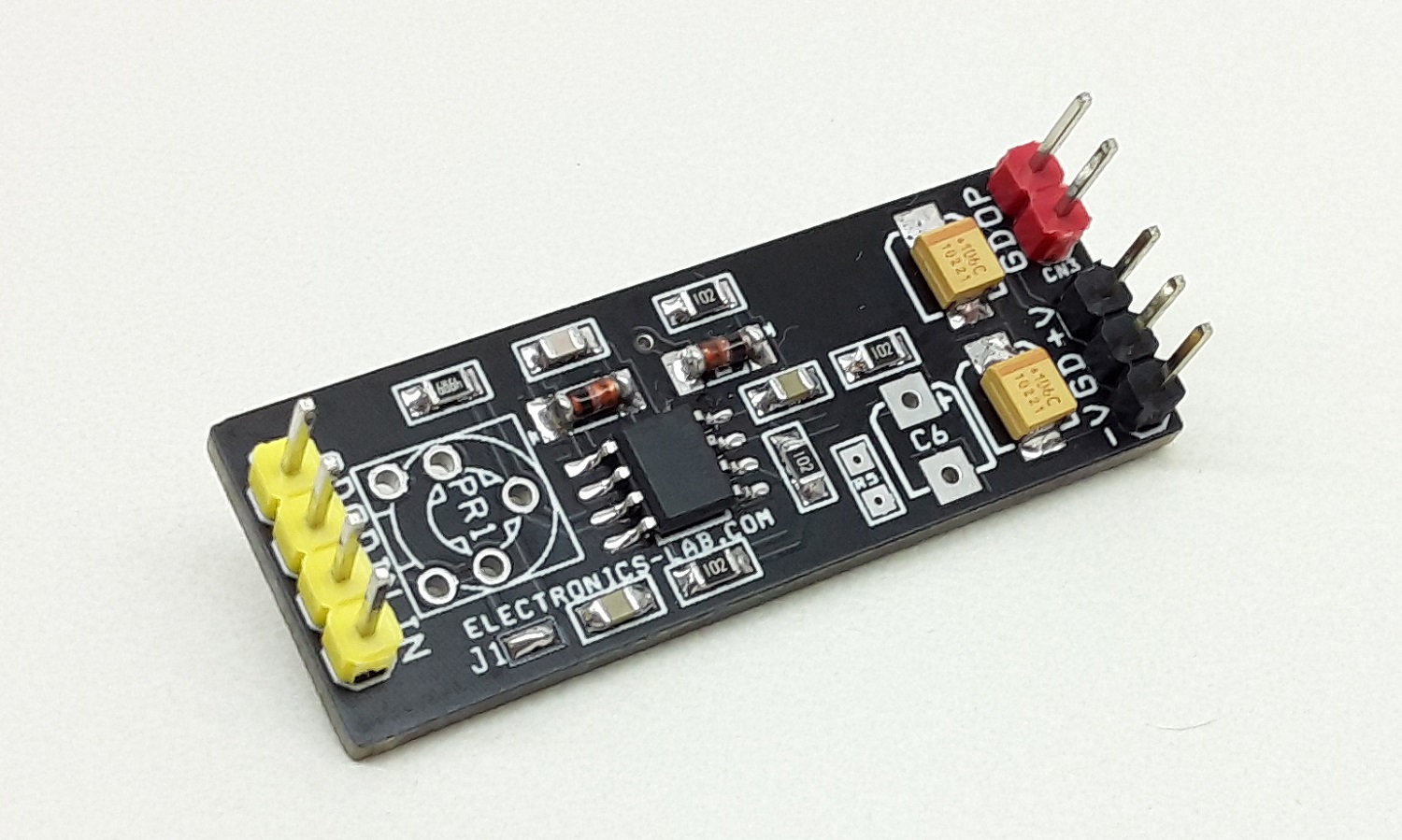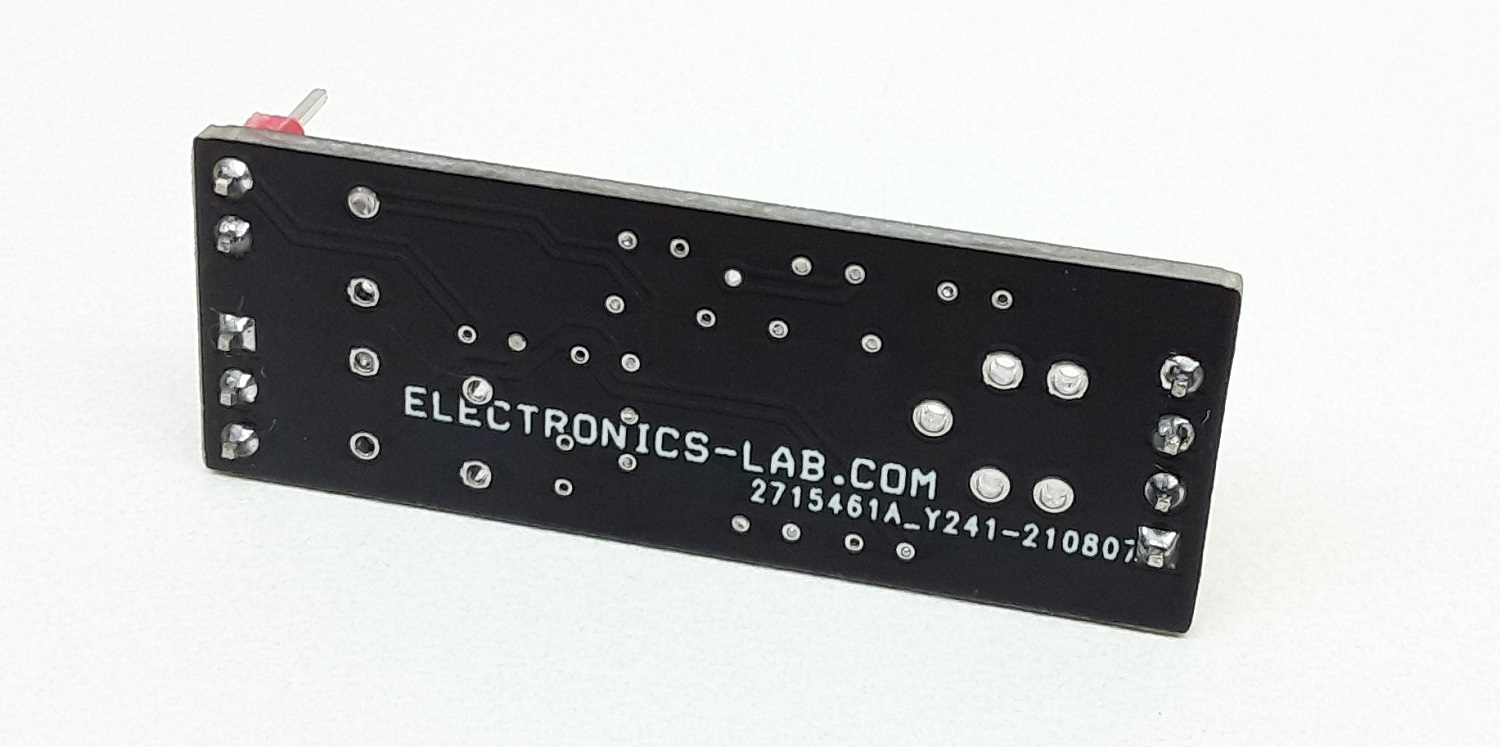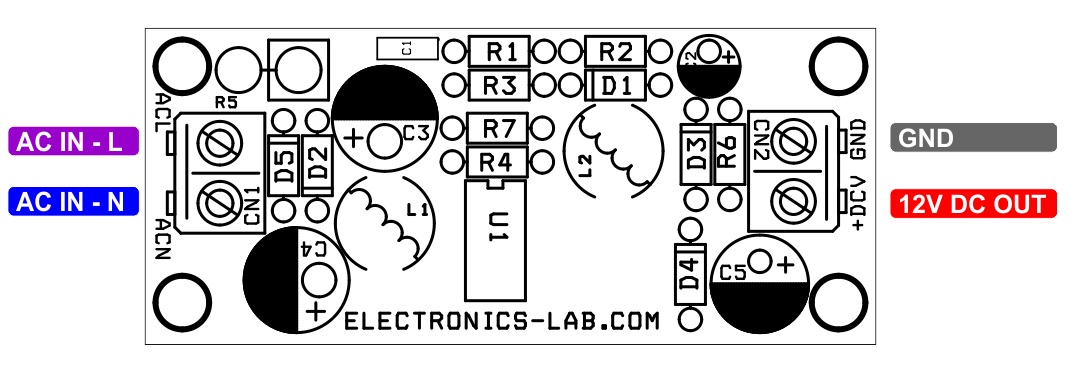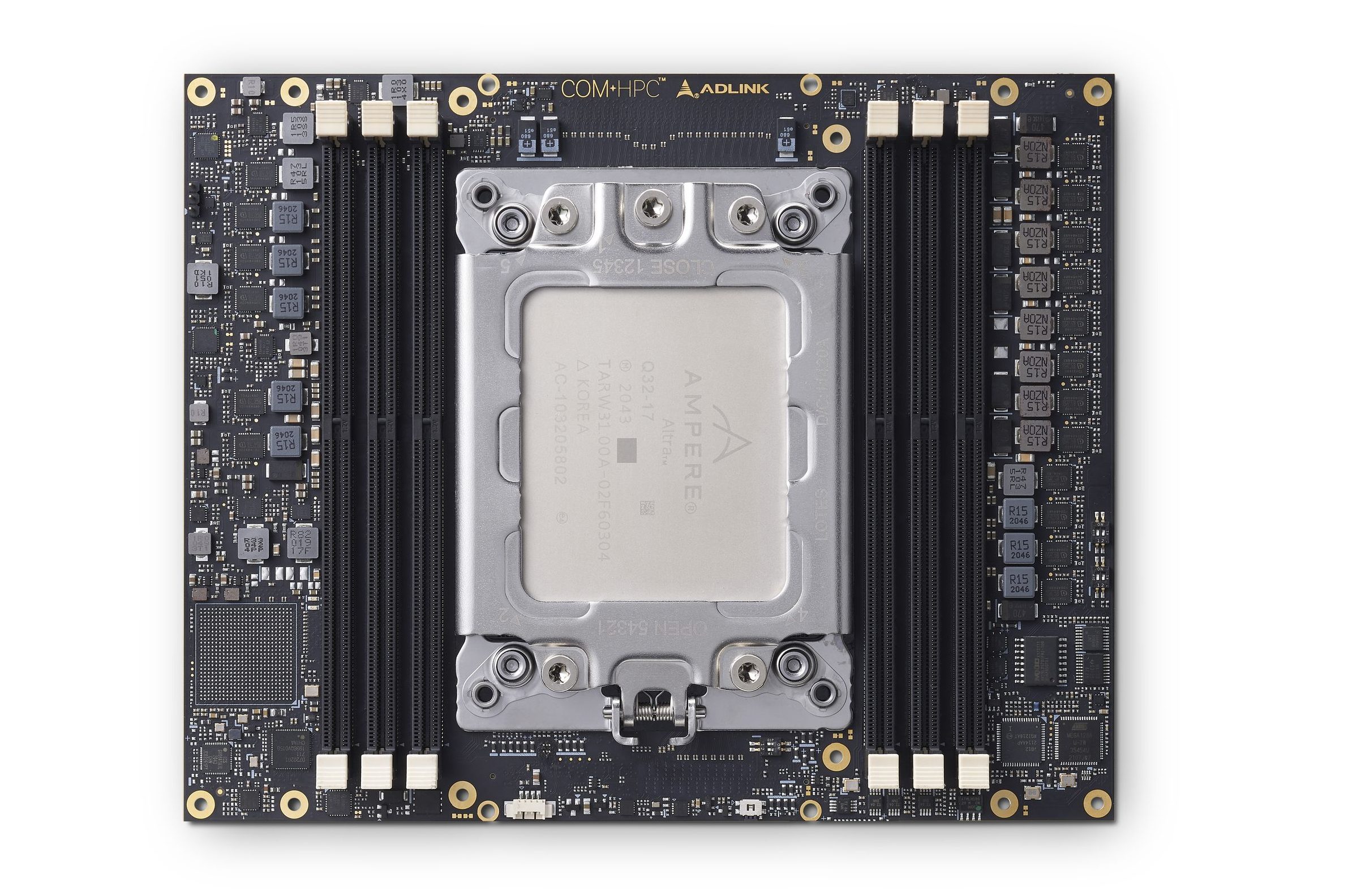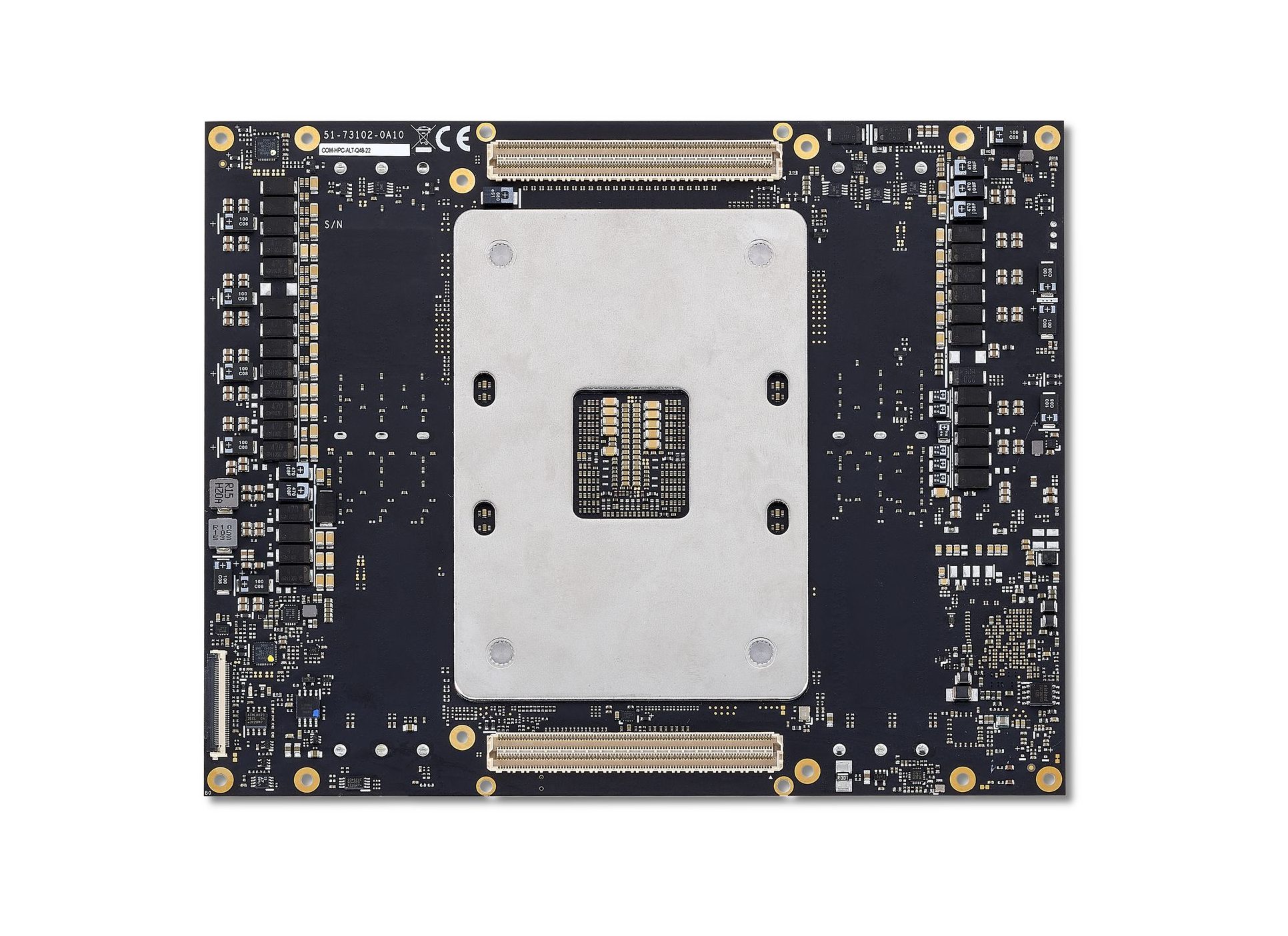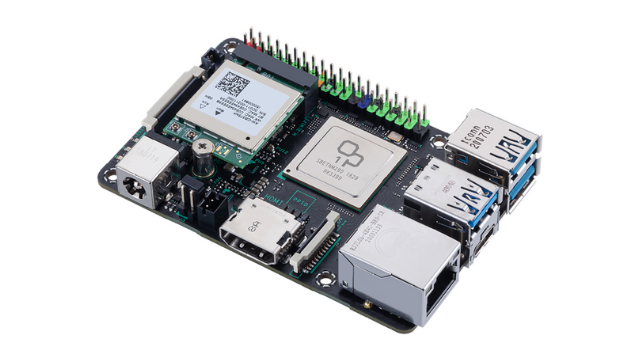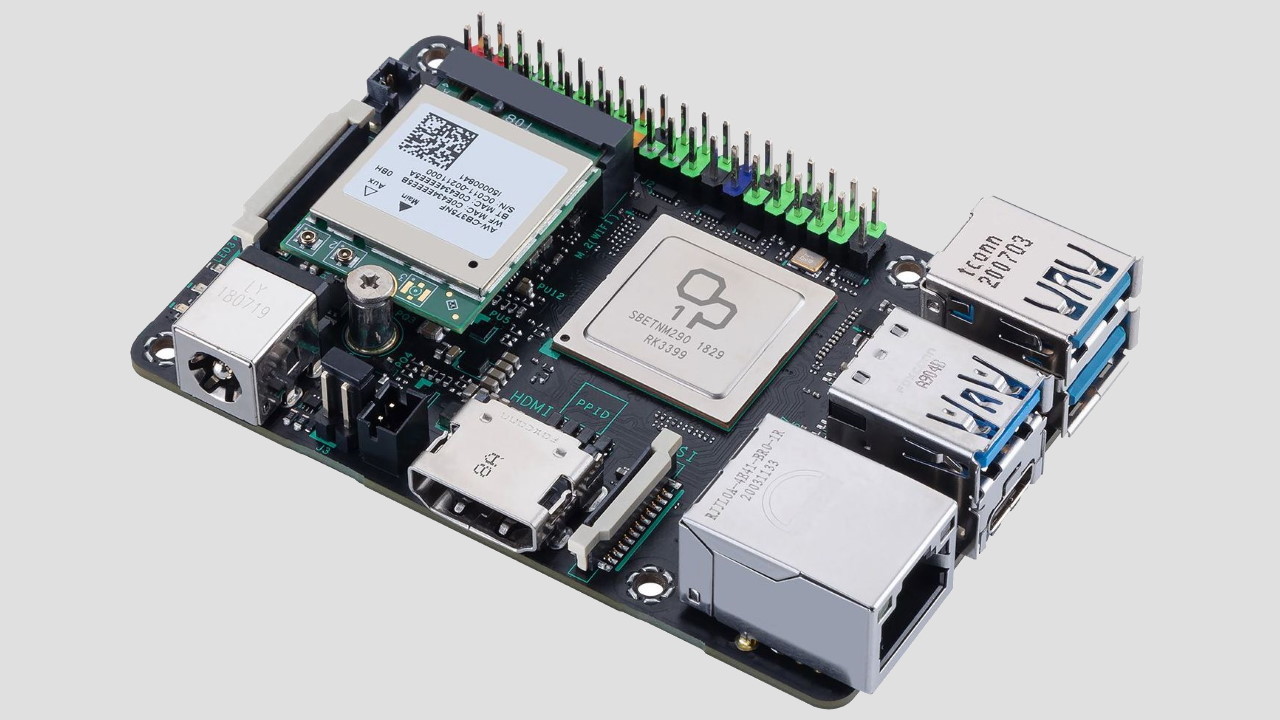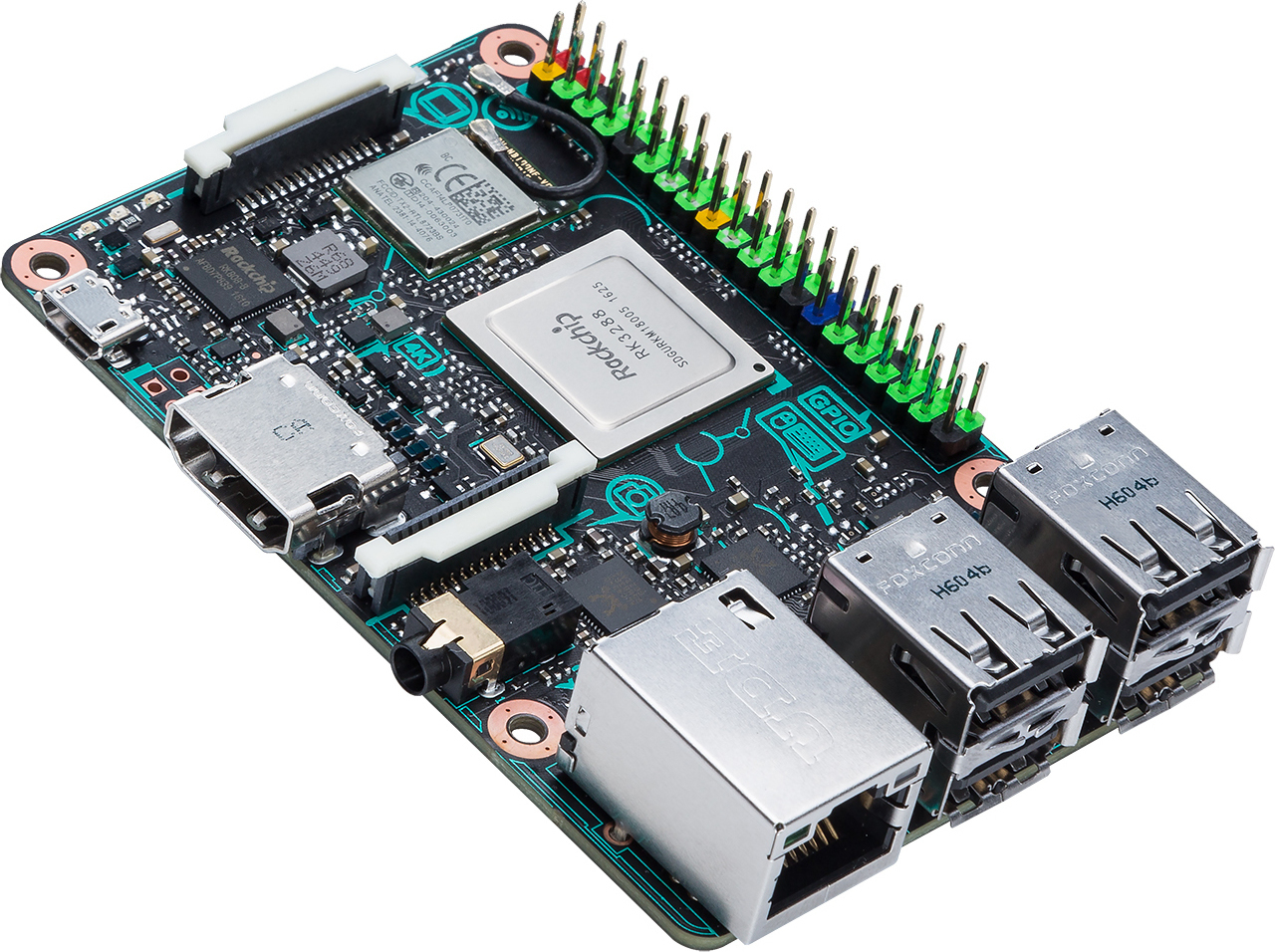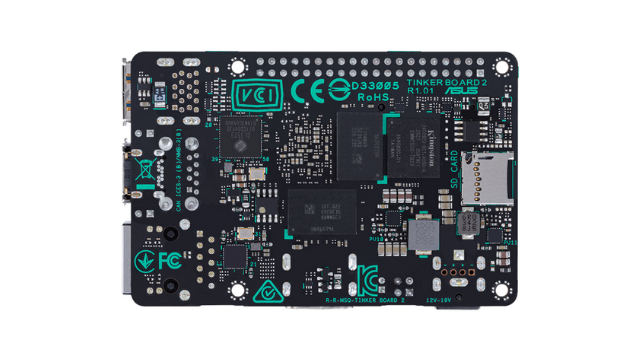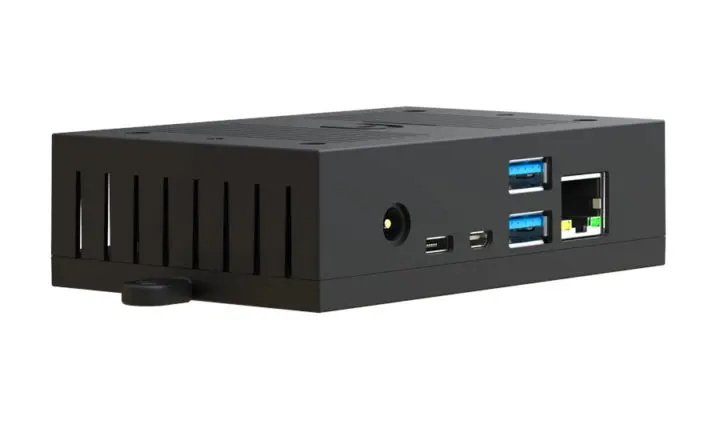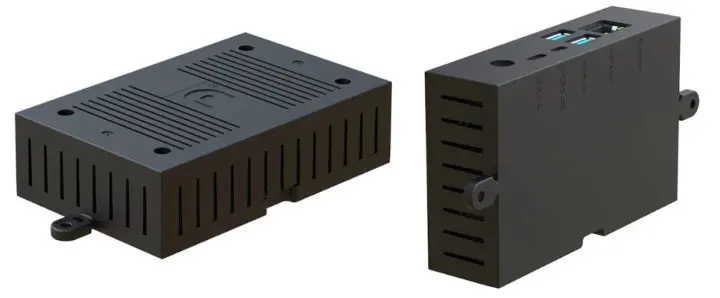With great advancement in technology, several development boards have been designed to fit specific needs, such as AI vision applications. The Wio Lite AI is one of such technological breakthroughs. Wio Lite AI is part of the “Wio Lite” microcontroller series and is designed by Seeed Studio. Some of its features are its dual-band WiFi and Bluetooth module, as well as camera and display interfaces specifically tailored for AI vision applications.
Being an improvement to previous Wio Lite development boards, it offers better processing power for computer vision or other applications, as well as an impressive 8MB PSRAM (from AP Memory), a 16MB SPI NOR flash, and a dedicated MicroSD card slot for storage, 12-pin FPC connector for audio and a 5V/3A power supply via USB Type-C port.
With the 40-Pin FPC port for LCD RGB565 or RGB888 and one 24-Pin FPC port for a DCMI camera on this board, WIO LITE AI is cost-effective for vision projects. It also has enough ports and pins for expansion such as 6 analog pins, 14 digital pins, 1x I2C, 1x UART, and ICSP programming signals. Despite its enormous capabilities, Seeed Studio paid particular attention to product dimension and weight to produce a 70.3mm by 26mm board weighing only 9 grams.
Other Features and Specifications include:
- MCU: STMicro STM32H725AE Arm Cortex-M7 microcontroller @ 550MHz with DSP instructions; 512 KB flash; 564 KB RAM
- 8MB PSRAM
- 16MB SPI NOR flash
- MicroSD card slot
- 40-pin FPC connector for LCD RGB565 or RGB888 displays
- 24-pin FPC connector for DCMI camera
- 12-pin FPC connector for audio
- Dual-band 2.4GHz / 5GHz Wi-Fi
- Bluetooth 5.1
- Feather compatible header with 6x analog pins, 14x digital pins, 1x UART, 1x I2C, and ICSP programming signals
- 5V/3A power supply via USB Type-C port
The board can be interoperated with popular deep learning libraries and any artificial neural network can be converted for optimized inferences, thanks to the X-CUBE-AI AI expansion pack for STM32CubeMX. Frameworks like Keras and TensorFlow Lite – for deep learning, and other frameworks like PyTorch and MATLAB – that export to the ONNX standard, are specifically supported by the expansion pack.
Seeed is also working tenaciously to integrate the STM32H725A board with the Arduino IDE, so as to make learning easier for its users and increase product flexibility.
Apart from AI vision, the Wio Lite AI can also be used with data collection devices for Machine Learning, motor drive and application control, STEM education alarm systems, hand-held device IoT controllers, HVAC, and video intercom.
You can pre-order the SeeedStudio Wio Lite AI development board now for $29, with shipping scheduled to start on September 20, 2021.


